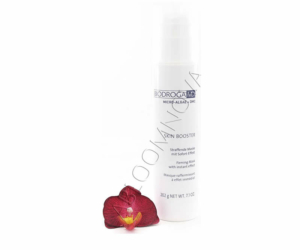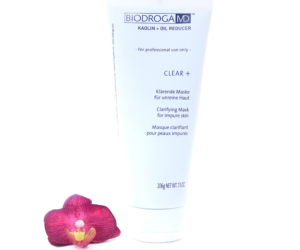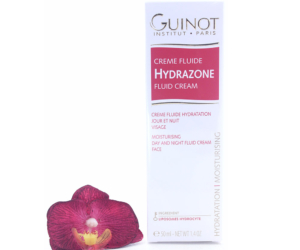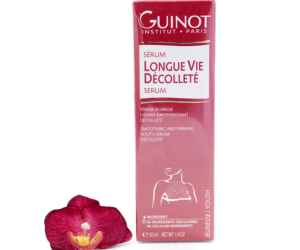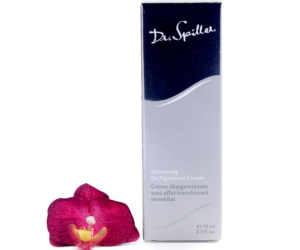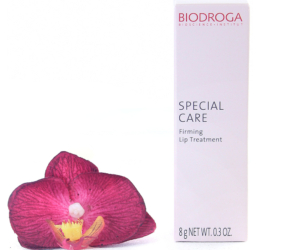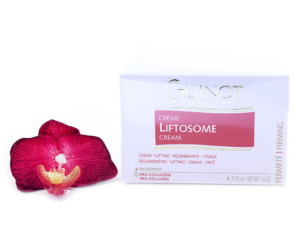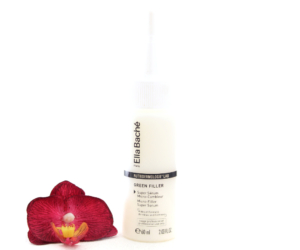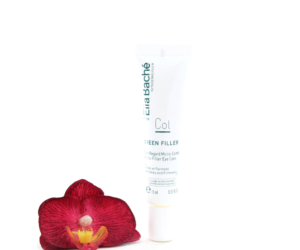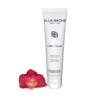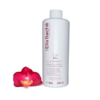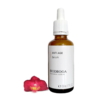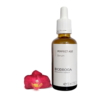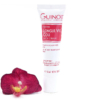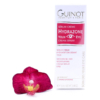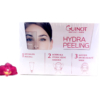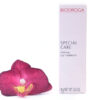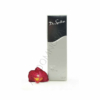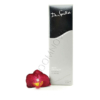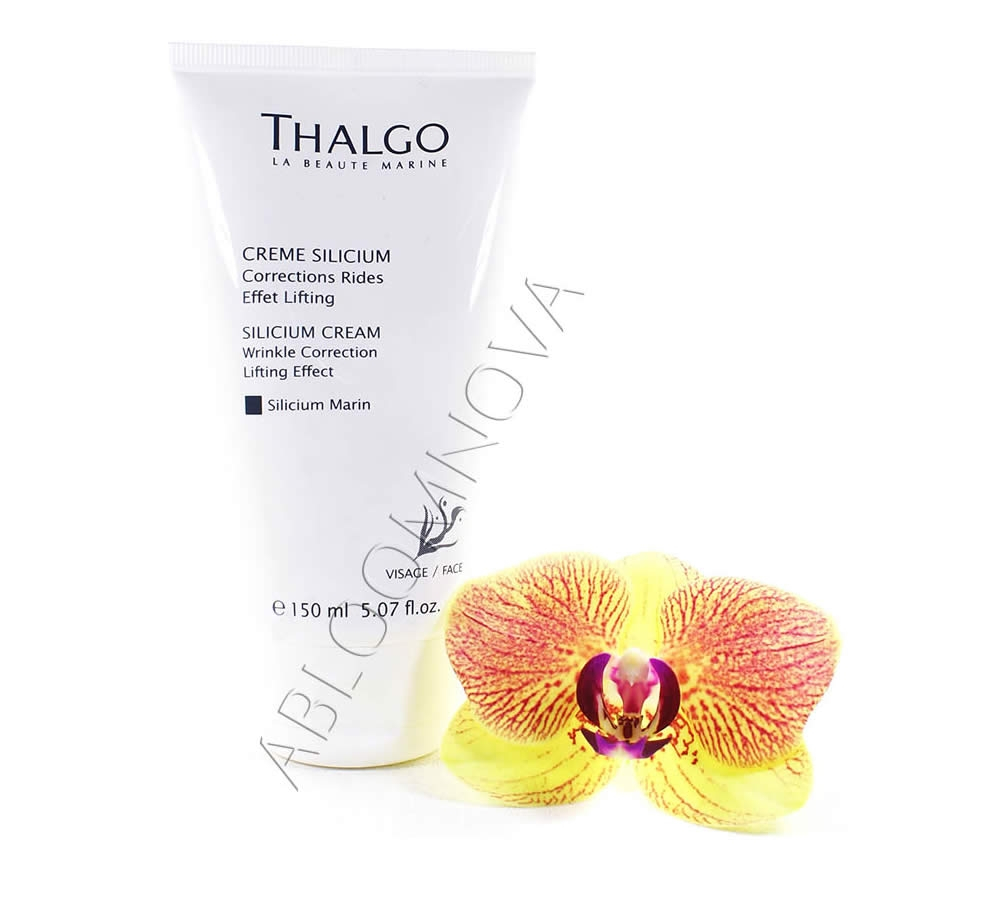Anti Aging, Thalgo
Thalgo Silicium Cream and the magical Matrixyl 6
Thalgo Silicium Cream is one of our best selling products, and it’s no surprise. This cream is an incredible anti-ageing product for women looking for a rich daily cream that smooths the entire face, fills in wrinkles and lifts the face contours and neck.
It nourishes your skin and helps restore its firmness while working to re-sculpt the contours of the face.
Apply morning and/or evening to the entire face and neck after cleansing. Use the cream in conjunction with the Silicium Concentrate or Silicium Extracts for the Face Contours & Neck, repeating this programme several times a year.
Active ingredients:
- Marine Silicium Complex
- Meristotheca dakarensis + Jania rubens Algae
- Matrixyl 6
What is Matrixyl 6?
According to TruthInAging.com, Matrixyl® is a trademark of Sederma and is the name given for a series of anti-wrinkle actives that contain a specific “matrikine,” a peptide that can link to a matching cell-surface receptor.
Matrixyl was launched by Sederma in 2000. Then, in 2003, Matrixyl 3000 was created based on two peptides: a palmitoyl tripeptide and a palmitoyl tetrapeptide. They established themselves as two of the most popular and reliable anti-aging ingredients.
Then, a couple of years ago, Sederma gave a boost to Matrixyl Inside with a new palmitoyl tripeptide that goes by the name Matrixyl Synthe’6.
Basically, Matrixyl Synthe’6 is palmitoyl tripeptide-38, a peptide produced from derivatives of the amino acids lysine and methione sulfone (the latter is synthetic). Palmitoyl tripeptide-38 is a matrikine-mimetic compound that regulates cell activity, wound repair and collagen tissue remodelling.
As the name implies, Matrixyl Synthe’6 stimulates six major constituents of the skin matrix and the dermal-epidermal junction. And these are:
- Collagen I – It is the major component of the dermis.
- Collagen III – This type of collagen is produced in the earliest phases of wound healing, before type I collagen synthesis initiation. It is mostly found in elastic tissues, including the skin, muscles and blood vessels, and it diminishes with age in favor of collagen I.
- Collagen IV – This has important wound healing stimulation properties, as it interacts with keratinocytes, which induce epidermal cell proliferation immediately after a skin injury.
- Fibronectin – A glycoprotein that appears to have a role in the stimulation and acceleration of in vivo tissue repair.
- Hyaluronic acid – Known for facilitating wound repair, hyaluronic acid is thought to improve skin moisture and elasticity. Hyaluronic acid has a demonstrated ability to promote the delivery of active ingredients to the inner layers of the skin. Its free radical scavenging properties indicate that it may also have a role in UV protection
- Laminin-5 – Alongside collagens and proteoglycans, laminins are important components of the basement membrane. Laminin-5 anchors the epidermis to the dermis. It also regulates keratinocyte migration, facilitating the healing of injured epidermis.

 Français
Français Русский
Русский

